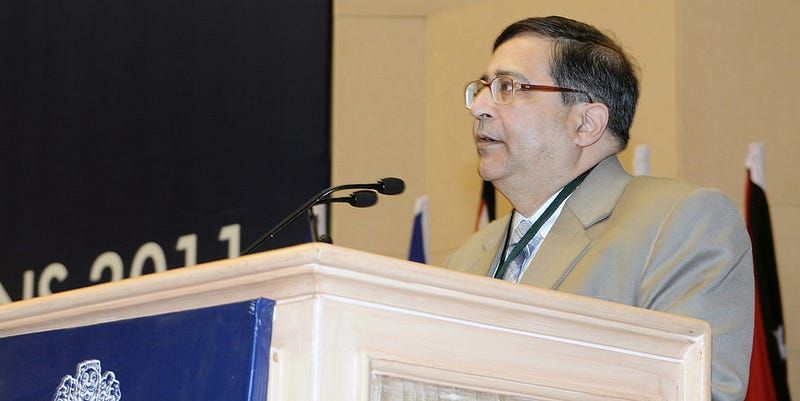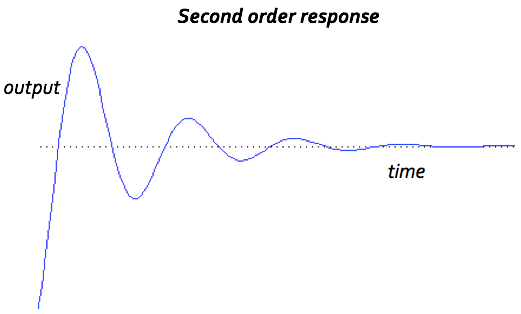Please don’t shoot the messenger

It is surprisingly good news — the Indian economy, according to official estimates (pdf) released this week, has not shown much damage in overall terms despite the transfusion of 86% of the currency in circulation in the last two months of 2016. Data released by the government estimate the GDP growth in the last quarter of the calendar year 2016 (or the third quarter of the financial year 2016–17) to be 7%, only a little slower than the 7.3% it registered in the immediately previous quarter.
Surprising and good news it certainly is; but is it too good to be true? A number of analysts have reacted with scepticism and some, like the good Mihir Sharma, have asked if Indian data have turned Chinese. Now, scepticism is a good thing in general. And scepticism of government-supplied information is both important and necessary for a democracy.
However, it also behoves analysts to consider as the base case the possibility that official data is reporting reality. If observation does not square with expectation, a good analyst must not dismiss observations as mistaken or deliberately made up. It’s important to ask why might the data be what it is.
I’ve been, well, sceptical about the need for and the effectiveness of the currency transfusion. I’ve also been concerned about the risks “demonetisation” presents to India’s economic growth path. Regardless of that quarter’s GDP growth data, I remain concerned about its effects on both the growth story and its distributional consequences. So I am very interested in knowing what the official data — taken at its face value — might be telling us about the reality on the ground.

First, the effect of demonetisation on the economy is very complex and will play out over time. Even a simple second order system model, for instance, will result in swings of varying amplitude settling down over time (if at all). In a simple simulation at a Takshashila post-graduate programme (PGP) class, V Vinay showed how we might get positive and negative readings of the output over time, depending on when we measure it. You can’t quickly jump to a conclusion on whether or not demonetisation has been good/bad for the economy.
Second, while the formal and the informal economy are parts of the same overall economy of India, how much of the latter shows up in estimates and when is uncertain. Take two incongruous bits from the official data: despite the lack of cash, despite observations like a falling sales of motorcycles, private consumption actually went up 10.1%. Where did the money come from? Also, all bank branches were tied down in exchanging currency, which meant they lent very little money to firms. Yet, investment picked up 3.5% reversing the decline over the previous few quarters. Again, where did the money come from?
Part of the answer to these questions might well be that it was the unaccounted cash that was finding its way into the sunlight. Wealthier people purchasing expensive goods — like jewellery & expensive cars — could explain increase in consumption. (My colleague Pavan Srinath predicted as much based on his observations of big ticket purchases at a neighbourhood appliance store during our #FootNote initiative.) So too would the fact that the cash shortage drove me to buy fruits and get haircuts from establishments that accepted credit cards (and paid sales tax) than from the street vendor and barber who didn’t. The first of these is a one-off affair. The latter might be a change of behaviour that will bring more private consumption transactions into the official counting.
Unaccounted cash could also have driven the higher investment, at least partly.
In other words, the intended effect of demonetisation — flushing out unaccounted cash — might well be what we are seeing in the official figures. Of course, the people who had that unaccounted cash didn’t receive the intended punishment, and instead went home with high-priced durables and lent money to firms. It’s still unknown how much cash was returned to the Reserve Bank, and how much of the returned cash was counterfeit. Part of what didn’t return to RBI is probably showing up as private consumption expenditure.
So there are reasonable explanations for why the Q3 GDP data shows 7% growth. This, however, is by no means a definitive verdict on the impact of the Modi government’s great currency transfusion of 2016. That’s too early to tell. It would also be risky to base budgetary projections and private economic decisions based on optimistic forecasts of the future, regardless of whether they are made by the government or by others.
Insurance and the Almighty Next
Chinese Chop Hooey
© Copyright 2003-2024. Nitin Pai. All Rights Reserved.